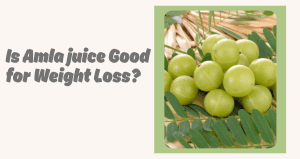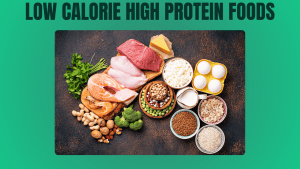The Bell pepper also referred to as sweet pepper, pepper capsicum and furthermore is that the fruit of plants within the Grossum cultivar group of the species Capsicum annum and .Bell peppers are usually green, yellow, orange and red.
Also the commonest colours of Bell peppers are green, yellow, orange and red. Other colours include brown, white, lavender, and dark purple, counting on the variability. Most typically, unripe fruits are green or, less commonly, straw or purple. Red Bell peppers are simply ripe green peppers. Cultivars of the plant produce fruits in several colours, including red, yellow, orange, green, white, and purple.
Bell peppers are fruits that belong to the nightshade family.
These belong to with chilli peppers, tomatoes, and breadfruit, all of which are native to Central and South America.
Also known as sweet peppers or capsicums and bell peppers are often eaten either raw or cooked.
Bell peppers are available in various colours, like red, yellow, orange, and green — which are unripe.
This article tells you everything you would like to understand about peppers.
Nutrition facts:
Fresh, raw bell peppers are mainly composed of water (92%). rest is carbs and little amounts of protein and fat.
The main nutrients in 3.5 ounces (100 grams) of raw, red bell peppers are:
Calories: 31
Water: 92%
Protein: 1 gram
Carbs: 6 grams
Sugar: 4.2 grams
Fiber: 2.1 grams
Fat: 0.3 grams
Carbs: 4 g Net Carbs
The carbs are mostly sugars — like glucose and fructose — which are liable for the sweet taste of ripe bell peppers.
Bell peppers also contain small amounts of fiber — 2% by fresh weight. Calorie for calorie, they\’re a really good fiber source.
Vitamins and minerals
Bell peppers are loaded with various vitamins and minerals (1Trusted Source):
Vitamin C. One medium-sized red bell pepper provides 169% of the Reference Daily Intake (RDI) for vitamin C , making it one among the richest dietary sources of this essential nutrient.
Vitamin B6. Pyridoxine is that the commonest sort of vitamin B6 , which may be a family of nutrients important for the formation of red blood cells.
Vitamin K1. A sort of vitamin K , also referred to as phylloquinone, K1 is vital for blood coagulation and bone health.
Potassium. This essential mineral may improve heart health
Folate. Also referred to as vitamin B9, folate features a sort of functions in your body. Adequate folate intake is extremely important during pregnancy (3Trusted Source).
Vitamin E. a strong antioxidant, vitamin E is important for healthy nerves and muscles. the simplest dietary sources of this vitamin are oils, nuts, seeds, and vegetables.
Vitamin A. Red bell peppers are high in pro-vitamin A (beta carotene), which your body converts into vitamin A (4Trusted Source)
Other plant compounds
Bell peppers are rich in various antioxidants — especially carotenoids, which are far more abundant in ripe specimens (5Trusted Source).
The main compounds in bell peppers are:
Capsanthin. Especially high in red bell peppers, capsanthin may be a powerful antioxidant liable for their brilliant red color
Violaxanthin. This compound is that the commonest carotenoid antioxidant in yellow bell peppers
Lutein. While abundant in green (unripe) bell peppers and black paprika, lutein is absent from ripe bell peppers. Adequate intake of lutein may improve eye health.
Quercetin. Studies indicate that this polyphenol antioxidant could also be beneficial for preventing certain chronic conditions, like heart condition and cancer.
Luteolin. Similarly to quercetin, luteolin is a polyphenol antioxidant that will have a spread of beneficial health effects
SUMMARY
Bell peppers are mainly made from water and carbs. Most of the carbs are sugars, like glucose and fructose. Bell peppers also are an honest source of fiber.
Bell peppers are very high in vitamin C , with one one providing up to 169% of the RDI. Other vitamins and minerals in bell peppers include vitamin K1 , vitamin E, vitamin A, folate, and potassium.
Get yourself started today and Stay tuned for more such keto weight loss journeys, health content, and recipes! Also, don\’t forget to follow us on Instagram for the daily dose of the Keto Lifestyle!








